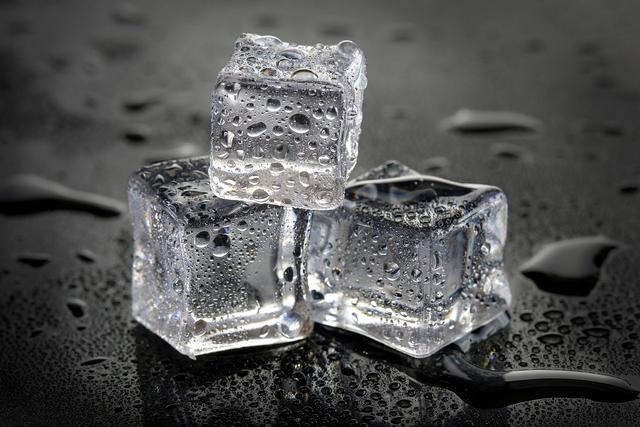Starter quiz
 Ice is ______ in the solid state.
Ice is ______ in the solid state.- 'water' ✓
 What do we use on our roads to help to melt ice?
What do we use on our roads to help to melt ice?- rock salt ✓
- salty salt
- table salt
-
 Rock salt is often stored in ______ bins in public places so that it can be used to help to melt ice on or roads and pavements.
Rock salt is often stored in ______ bins in public places so that it can be used to help to melt ice on or roads and pavements.- 'grit' ✓
 Rock salt can be used to ______ ice on roads and pavements.
Rock salt can be used to ______ ice on roads and pavements.- 'melt' ✓
 What happens to rock salt once it has been extracted from salt mines?
What happens to rock salt once it has been extracted from salt mines?- It is melted.
- It is processed. ✓
- It is frozen.
-
 What do scientists do when they want to answer questions?
What do scientists do when they want to answer questions?- Make a prediction.
- Plan an investigation. ✓
- Write a conclusion.
-
Exit quiz
 What type of salt is used to melt ice on roads and pavements?
What type of salt is used to melt ice on roads and pavements?- 'rock salt' ✓
 What happens to the melting temperature of ice when we add salt to it?
What happens to the melting temperature of ice when we add salt to it?- The melting temperature is lowered. ✓
- The melting temperature remains the same.
- The melting temperature is raised.
-
- Which of these would be useful for finding out which type of salt melts ice the fastest?
 a stopwatch ✓
a stopwatch ✓ a magnet
a magnet a data logger
a data logger a Newton meter
a Newton meter
 Scientists use the results of their investigations to write ...
Scientists use the results of their investigations to write ...- a prediction.
- a conclusion. ✓
- a list of equipment they need.
-
 What do scientists do when they review an investigation?
What do scientists do when they review an investigation?- They find out about something or investigate it carefully.
- They use notes, photos and drawings to keep and share information.
- They look again at what they've done and consider whether it could be improved. ✓
- They say what they think will happen.
-
 The results of our investigation showed that table salt melted the ice quicker than the rock salt. Why do we use rock salt to melt ice on roads and pavements?
The results of our investigation showed that table salt melted the ice quicker than the rock salt. Why do we use rock salt to melt ice on roads and pavements?- Rock salt costs less than table salt. ✓
- Table salt has a strong scent that attracts animals to roads.
- Table salt contains smaller granules and causes more cars to rust.
- Rock salt contains larger granules that help to increase road surface friction. ✓
-
Worksheet
Loading worksheet ...
Presentation
Loading presentation ...
Video
Lesson Details
Key learning points
- Rock salt is often used to melt the ice on roads and pavements.
- Adding salt to ice (frozen water) lowers the melting temperature and speeds up the rate of melting.
- Scientists use a range of equipment to observe, measure and compare when they investigate to find answers to questions.
- The results of an investigation are used to make conclusions.
- When scientists review an investigation, they look again at what they have done and consider if it could be improved.
Common misconception
Pupils may think that all types of salt cause ice to melt at the same rate.
Opportunity to explore different types of salt and observe firsthand the effect that each type of salt has on the ice. Pupils should use the plans they created in lesson 2 to investigate this themselves.
Keywords
Rock salt - Rock salt is the name given to salt before it is processed.
Melt - To melt is to change from a solid state to a liquid state.
Equipment - Equipment is any object or materials used to collect data in a science investigation.
Conclusion - In a conclusion, scientists explain what the results show or mean.
Review - When scientists review, they look again at what they have done and consider if it could be improved.
+